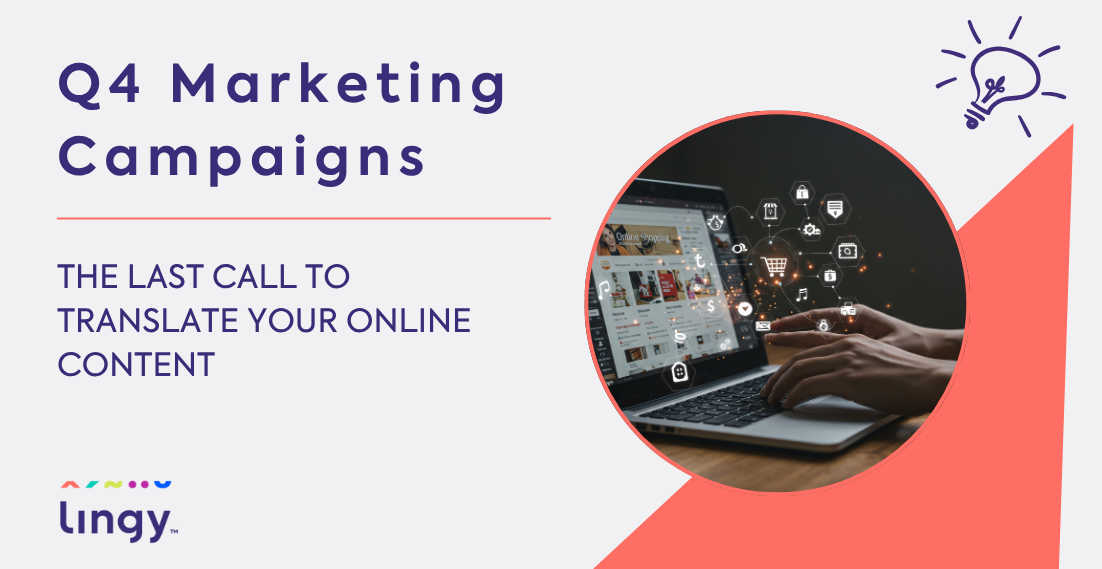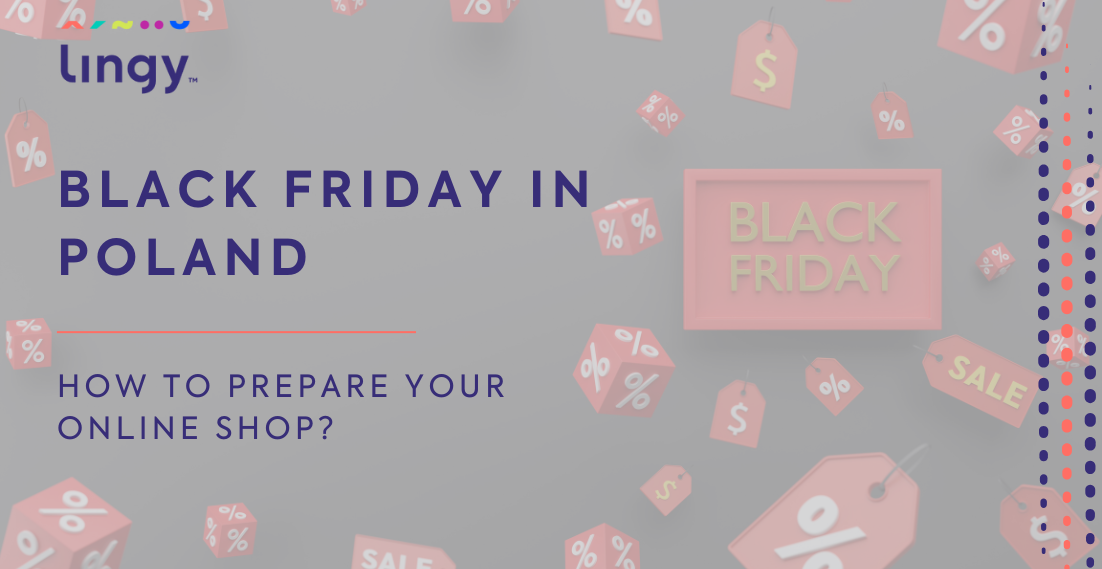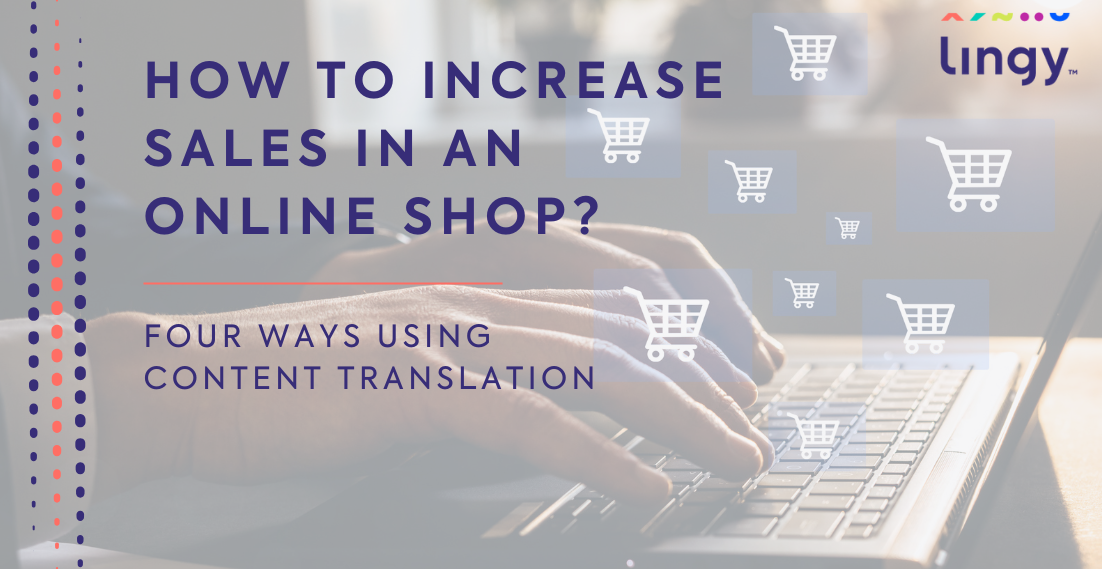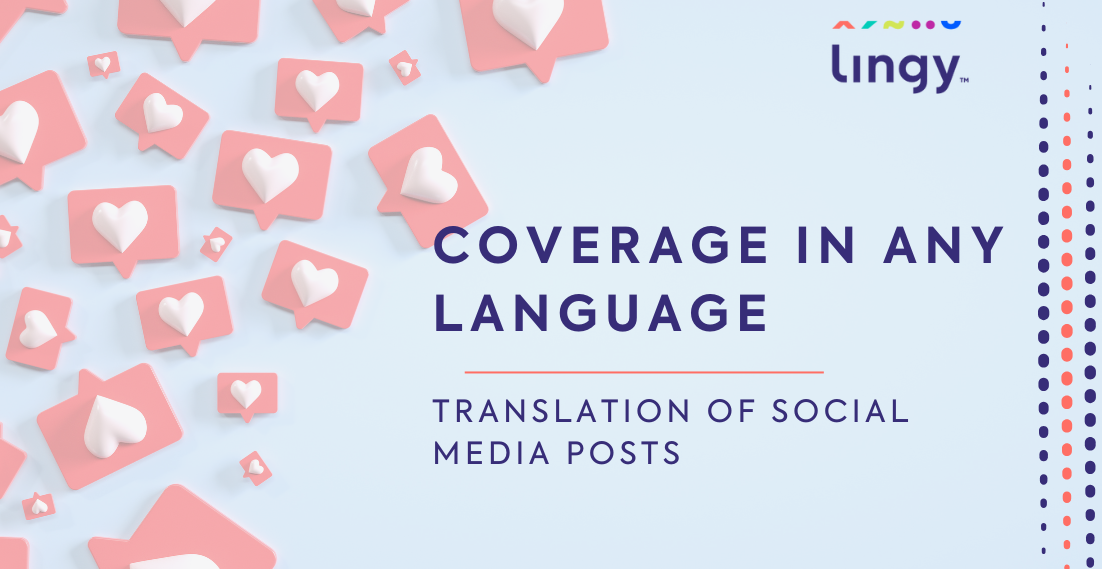How Can I Create a Blog for My Small Business?

Let’s face it, most people (at least in the Western society) are bombarded by information from the time they wake up until the time they go to sleep. To survive in this environment where information is hurtled at us continuously, we have learned how to scan our inboxes for spam email, mute the TV during commercials, flick through our newsfeed, and fly past billboards on the interstate without a glance. What people crave now more than ever are meaningful exchanges, connections, community and high quality information. This should be encouraging for all of you who operate small businesses and are thinking of diving into blogging. Content marketing has become increasingly popular with the rise of social media, but even these forums can become saturated with unsolicited opinions and unreliable information. With all of this being said, now is the perfect time for your small business to create a blog that is not only a marketing tool, but a way for you to connect with your existing and potential customers. Let’s look at the benefits of blogging for your small business and then discuss some tips on how to create an effective blog.
Why do I need a blog for my small business?
As you well know, running a small business is time consuming and demanding. You undoubtedly wear many hats, so why should you allot time and resources to maintaining a blog? A blog is one of the most cost-effective ways to build trust with existing and potential customers, while making your brand more personable. In this blog space you have an opportunity to talk directly to your audience about current events and topics that are important to them. You can answer questions, respond to comments, and address concerns or open up the stage for dialogue and sharing of quality content amongst your audience. Whereas your LinkedIn profile or business site may be professional and polished, your blog can show your customers a different side of your brand. While this is the most uniquely beneficial quality of a business blog, there are other more concrete benefits. Each time you publish a page on your blog, you are adding a page to be indexed by search engines which will improve your search engine ranking. As your blog grows, you will also create more inbound links as others actually begin to cite and reference you. All of this results in driving more traffic to your company’s site and ultimately generating more revenue. This will only happen if you are intentional about creating a high quality blog. Let’s look at a few things to keep in mind.
How do I create an effective business blog?
Scope out the competition
Before you get started on your own blog, you should research the competition’s blogs. Take note of what they are doing well and where there is room for improvement. This will help you understand what type of information is already out there so you aren’t doing more of the same. For example, if your competitor’s blog is rather serious and dry with long academic articles, you can deliberately provide your audience with something new. You can choose a fun theme and humorous voice to liven up the subject.
Keywords are… key
Next, you’ll want to conduct keyword research. Google Trends is a great way to view trending topics in various industries over time. Once you find a few keywords relevant to your business, you’ll be able to incorporate them into your article titles and sprinkle them throughout the body of your article. Through conducting this research you might also discover new content ideas you hadn’t thought of before.
Be consistent
You will want to blog consistently. As stated above, blogging can be time-consuming, but posting regularly is an indication of your business’ vitality. Creating a posting schedule will ensure that you don’t fall behind. You should aim for at least two posts a week. If you can only post once a week, it’s better than nothing but any less frequently and you might reconsider starting a blog until you have more free time.
Select a tone that is consistent with your brand
Choose a tone that is appropriate for your target audience and then stay consistent. Who is your audience and what is the message you would like to convey with your blog? Remember, this is the time and place to add personality. Your blog posts can range from humorous and witty to scholarly and authoritative. Whichever tone you choose, the writing should never be boring or fluff.
Quality over quantity
On the note of fluff, let’s talk about blog lengths. Longer blogs fare better with SEO. You should shoot for 1,500-2,000 words to rank high in search engine results. With that being said, SEO should not compromise the quality of your blog. Fluff or filler and awkwardly worded sentences serving only to meet your keyword quota will do nothing but hurt you in the long run. Ask yourself if your blog would be something you would take time out of your busy day to read. Remember, people are bombarded by unoriginal, inaccurate, and uninspiring information throughout the day, your blog should not do the same. Videos and images are great ways to break up text and liven up your article. Try to keep paragraphs short and use bullet points, and subheadings whenever applicable so the reader isn’t faced with a giant block of text.
Write original content
Now, here’s the fun part where you get to be creative. We have already discussed what your content should include (fluff and filler to reach 1,500 words) and we’ve also discussed a good place to get content ideas (keyword research), but the rest is really up to you and your audience. Your blog is not only a space to present your brand in a more personal way, but also to assert yourself as an expert in the industry. For example, if you run a small interior design business you will want your audience to look to you for advice and inspiration on all things interior design. You can write an article about cutting edge bathroom designs in China or DIY tips on how to spruce up your patio just in time for summer. You can spend time directly answering the questions of customers or pose questions and create a comment section where your audience can participate.
Go multilingual
As we’ve already discussed, a blog is one of the most informal and personal ways to communicate with your audience. The main idea behind the blog is to build trust with your existing and potential customers. Once your blog is up and running, and you have started to attract followers, you should think about translating your blog into foreign languages. Providing translated versions of your blog goes a long way to show your audience that you value a connection with each customer. Professional translation companies like lingy can help you connect with your diverse and ever expanding customer base through culturally sensitive and accurate translations. When the time is right, taking this step can catapult your blog and business into international markets.
Finishing touches
After going through the work of setting up a blog and writing high quality content, you will need to get some exposure. Naturally, one of the easiest ways to promote your blog is through social media. Depending on your industry and intended audience, certain social media platforms will be more effective than others. If your audience is middle-aged businessmen and women, LinkedIn might make more sense than Instagram. Make your job easier by enabling your blog posts to be shared so your audience can help spread the message on their own social media accounts with one easy click. Not everyone is on social media so spreading the word via your email marketing campaign is also a great idea. Finally, you will want to track your progress using a tool such as Google Analytics. Have fun with your blog and don’t be afraid to experiment and think outside the box!
Translation of your blog? We will take care of it!
Q4 Marketing Campaigns – The Last Call to Translate Your Online Content
In the last quarter of the year, many companies – especially in e-commerce – record their highest sales figures. Christmas shopping, clearance events, and Black Friday promotions encourage purchases not only because of discounted prices but also, due to powerful marketing campaigns that spark consumer excitement.
Black Friday in Poland – how to prepare your online shop?
tion process is not only about changing words from one language to another. It involves an understanding of local culture, brand voice, and cultural nuances.
How to increase sales in an online shop? Four ways using content translation
Wondering how to increase sales in your online shop? Check out our 4 ways with content translation.
Coverage in any language – translation of social media posts
Well-translated content allows companies to build trust with potential customers, create an expert image, and advertise products or services. You can belong to that group too.



